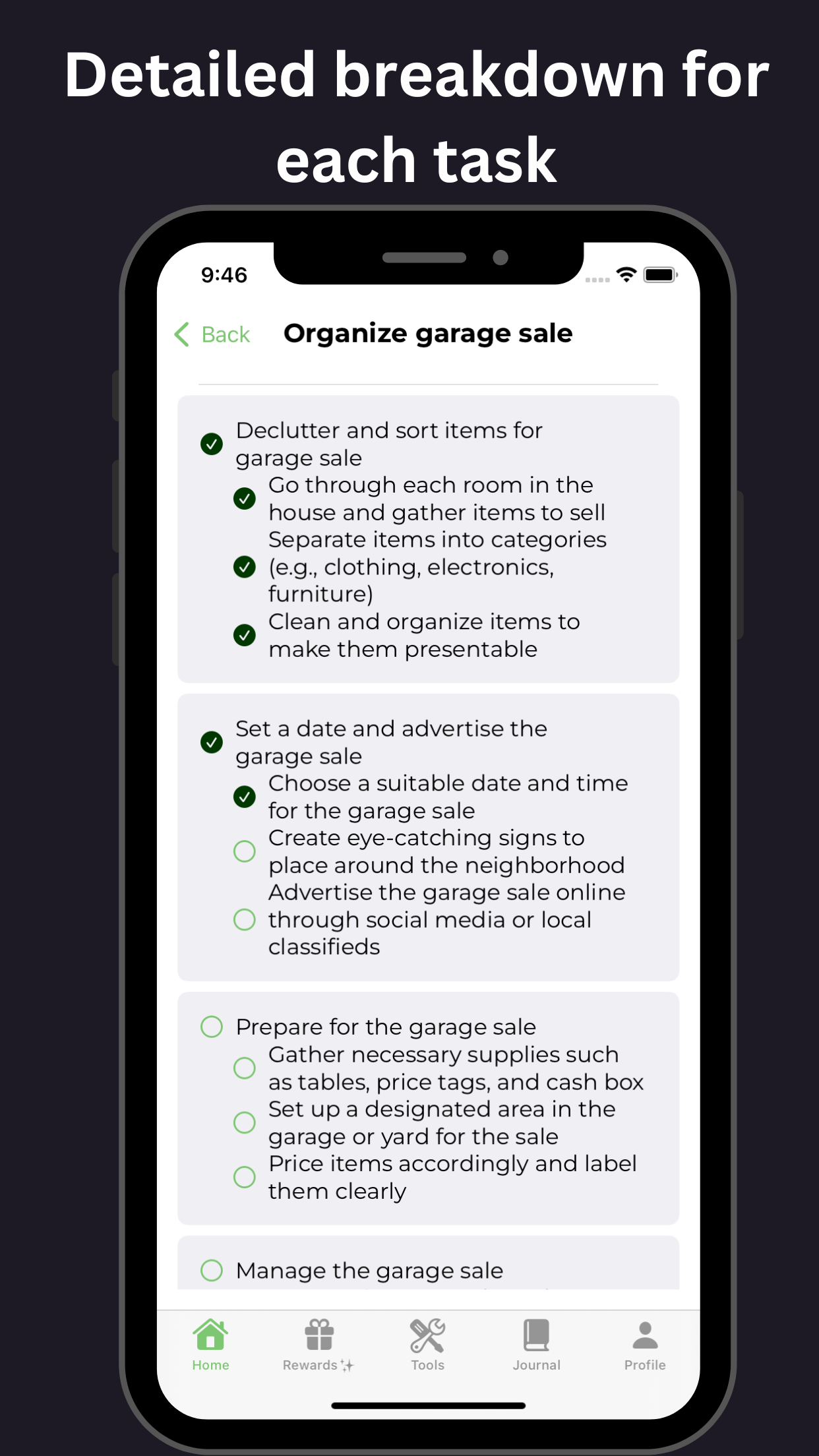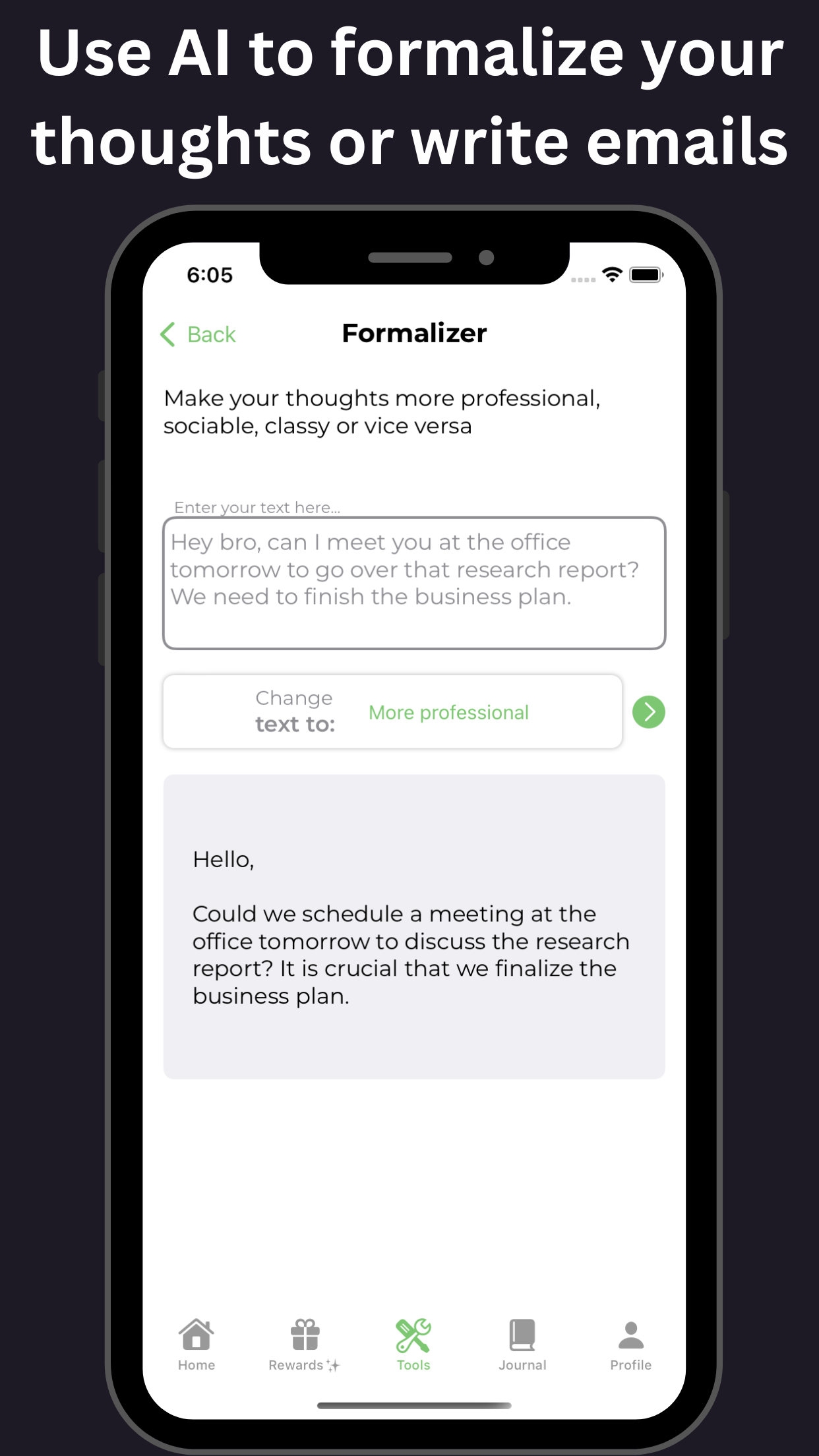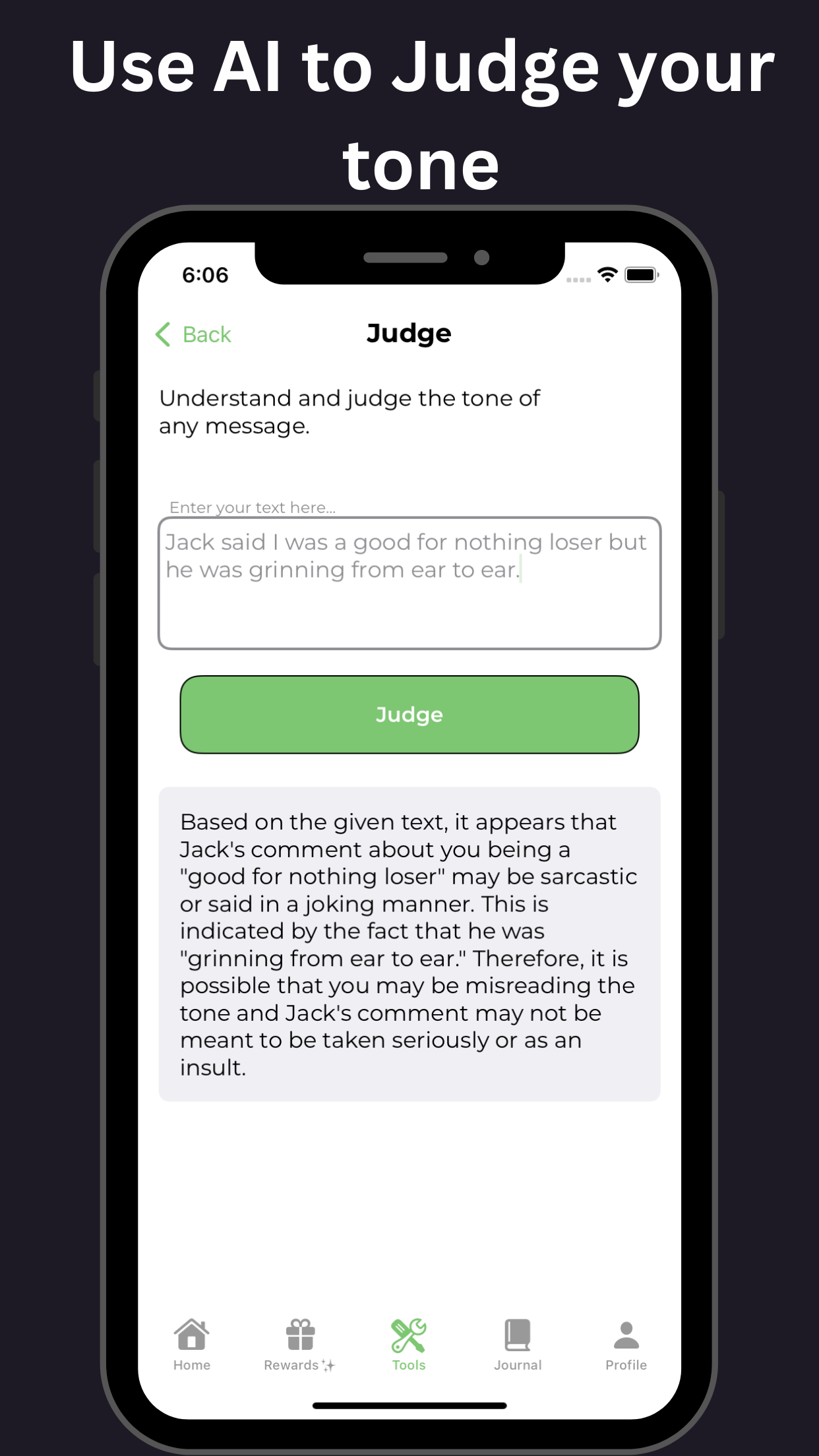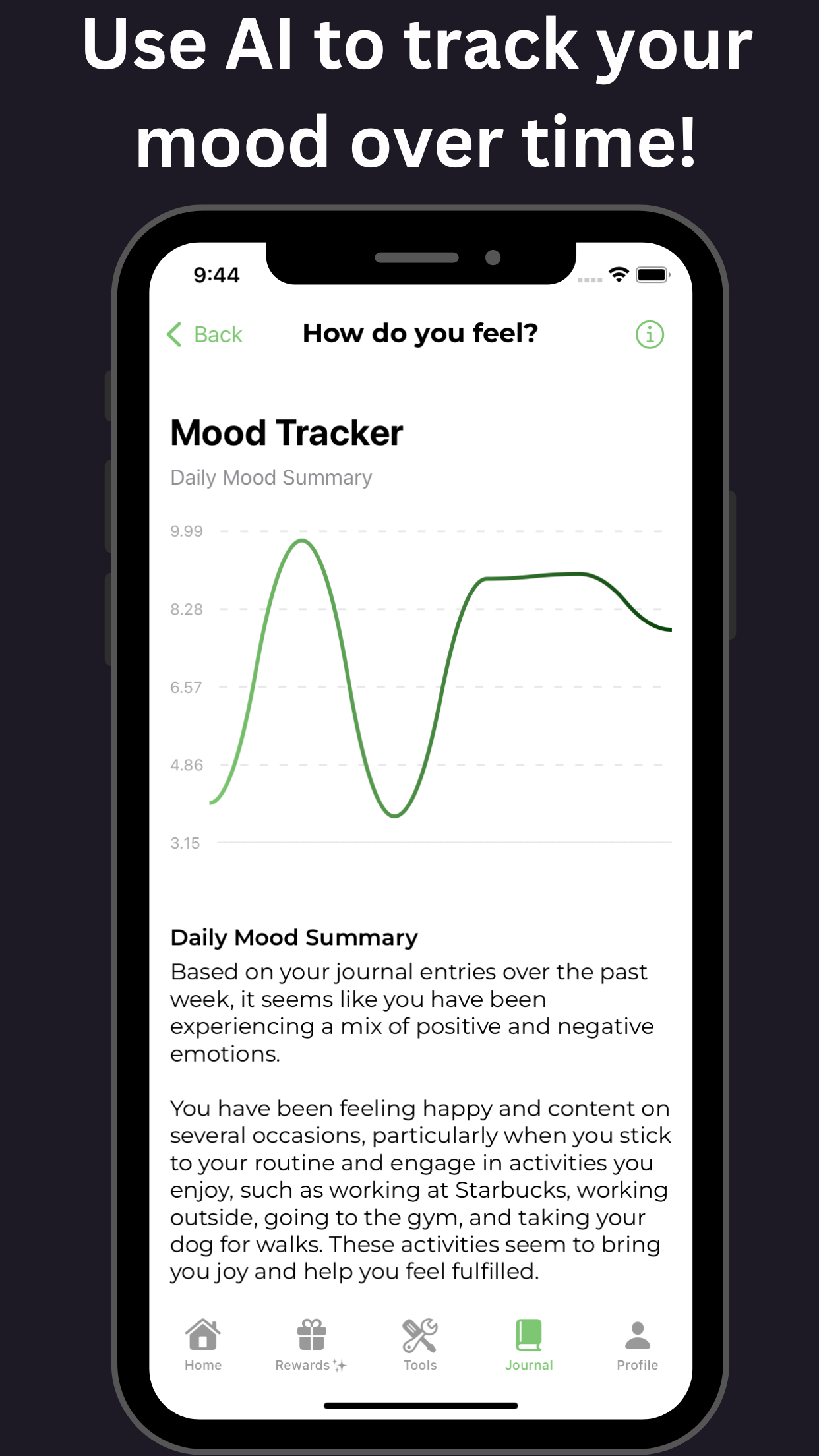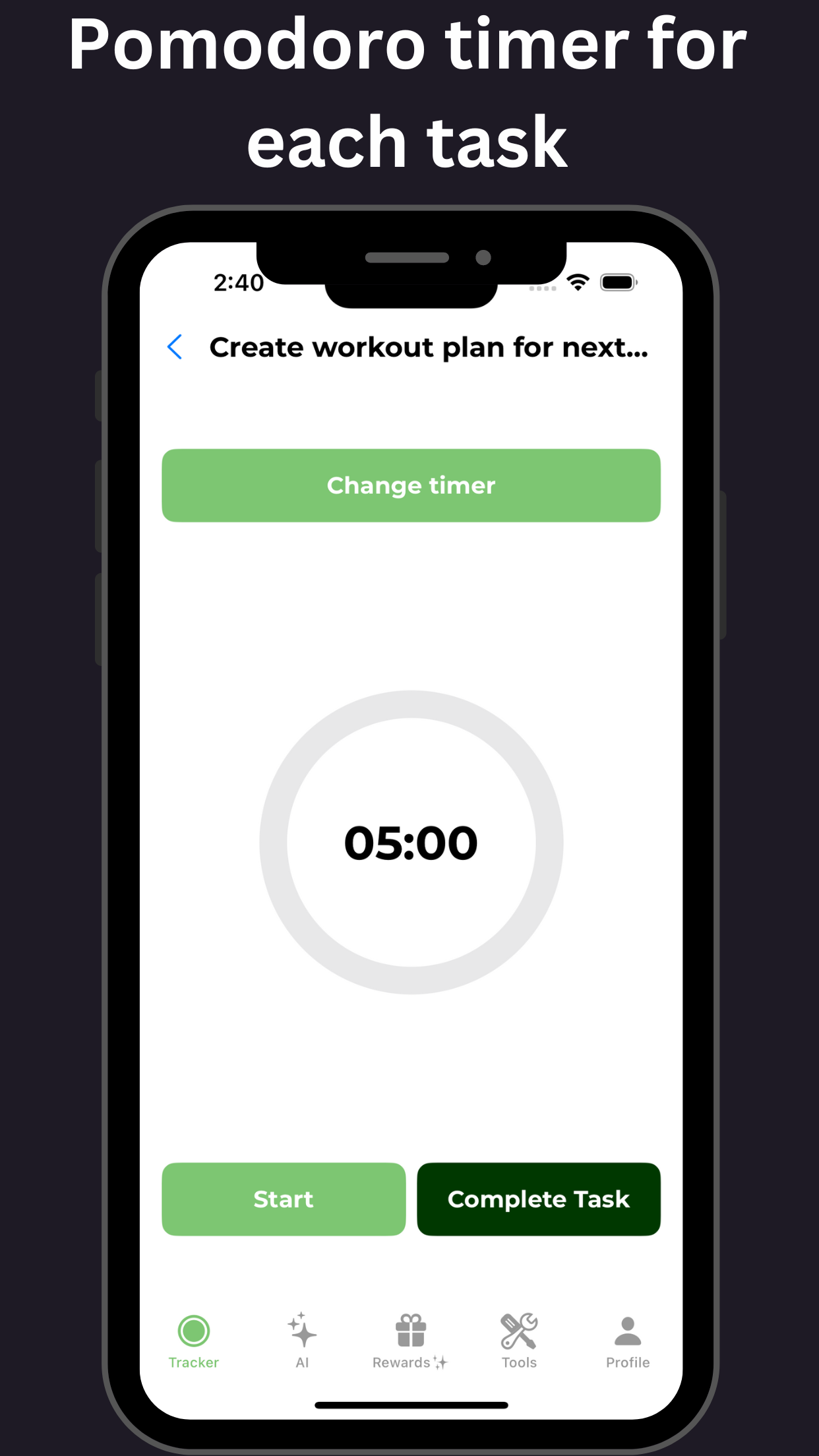Behavioral Interventions with ABA Therapy for Aggressive Behavior in Individuals with Autism Spectrum Disorder
Key Takeaways
| Key Takeaways | Description |
|---|---|
| 1. ABA Therapy Reduces Aggression | Applied Behavior Analysis (ABA) therapy has been shown to be effective in reducing aggressive behavior in individuals with Autism Spectrum Disorder (ASD) and other developmental disabilities. |
| 2. Function-Based Interventions | ABA therapists use function-based interventions to identify the underlying causes of aggressive behavior and develop strategies to address them. |
| 3. Reinforcement Strategies | Reinforcement strategies, such as positive reinforcement and differential reinforcement, are used to increase desired behaviors and reduce aggressive behavior. |
| 4. Teaching Alternative Behaviors | ABA therapists teach alternative behaviors to replace aggressive behavior, such as communication skills and problem-solving strategies. |
| 5. Crisis Intervention Techniques | ABA therapists are trained in crisis intervention techniques to safely manage and de-escalate aggressive behavior. |
| 6. Parent and Caregiver Training | Parent and caregiver training is an essential component of ABA therapy for aggressive behavior, providing them with the skills and strategies to support the individual. |
| 7. Collaboration with Other Therapies | ABA therapy is often used in conjunction with other therapies, such as occupational therapy and speech therapy, to address the complex needs of individuals with aggressive behavior. |
| 8. Individualized Treatment Plans | ABA therapists develop individualized treatment plans tailored to the unique needs and goals of each individual with aggressive behavior. |
| 9. Ongoing Assessment and Evaluation | ABA therapists continuously assess and evaluate the effectiveness of the treatment plan, making adjustments as needed to ensure optimal outcomes. |
| 10. Empirically Supported Treatment | ABA therapy for aggressive behavior is an empirically supported treatment, backed by scientific research and widely recognized as a best practice. |
Introduction to Aggressive Behavior in Autism: Understanding the prevalence and types of aggressive behavior in individuals with Autism Spectrum Disorder (ASD)
Understanding Aggressive Behavior in Autism: A Guide to ABA Therapy for Aggressive Behavior
Aggressive behavior in Autism Spectrum Disorder (ASD) is a common and distressing issue that affects many individuals with autism and their families. Research suggests that approximately 50-70% of individuals with ASD exhibit aggressive behavior, which can manifest in various forms, including physical aggression, verbal aggression, and self-injurious behavior. Understanding the prevalence and types of aggressive behavior in ASD is crucial for developing effective treatment strategies, such as ABA therapy for aggressive behavior.
Prevalence of Aggressive Behavior in ASD
Studies have consistently shown that individuals with ASD are at a higher risk of exhibiting aggressive behavior compared to their neurotypical peers. Factors such as frustration, anxiety, and sensory overload can trigger aggressive behavior.
Types of Aggressive Behavior in ASD
Aggressive behavior in ASD can take many forms, including:
- Physical Aggression: Hitting, kicking, biting, and pushing others.
- Verbal Aggression: Yelling, screaming, and using derogatory language.
- Self-Injurious Behavior: Head banging, hand biting, and self-hitting.
ABA Therapy for Aggressive Behavior
Applied Behavior Analysis (ABA) therapy is a well-established treatment for reducing aggressive behavior in individuals with ASD. ABA therapy for aggressive behavior focuses on identifying and addressing the underlying causes of aggression, teaching alternative behaviors, and increasing positive behaviors.
By targeting the root causes of aggressive behavior and teaching individuals with ASD more adaptive ways to communicate and interact with their environment, ABA therapy can significantly reduce aggressive behavior and improve overall quality of life.
Using GoblinX as a Tool: The GoblinX mobile app offers various tools that specifically support individuals managing anxiety and ADHD, which can in turn help in minimizing aggressive behavior. Considering the cognitive challenges some individuals with ASD face, GoblinX can serve as an innovative resource to reinforce ABA strategies through interactive support.
The Role of ABA Therapy in Managing Aggression: How ABA therapy can be used to reduce aggressive behavior in individuals with ASD
The Role of ABA Therapy in Managing Aggression: Reducing Aggressive Behavior in Individuals with Autism
ABA therapy is a highly effective approach in managing aggression in individuals with Autism Spectrum Disorder. This form of therapy focuses on understanding the underlying causes of aggression and developing personalized strategies to reduce and replace aggressive behaviors.
By analyzing the functions of aggression, like communication, escape, or attention-seeking, ABA therapists can design targeted interventions. Through ABA therapy, individuals learn essential skills to manage frustration, anxiety, and other emotions that may lead to aggression.
Benefits of ABA therapy for aggressive behavior include:
- Reduced frequency and severity of aggressive outbursts
- Improved emotional regulation and self-control
- Enhanced communication and social skills
- Increased positive interactions with family, caregivers, and peers
- Reduced stress and anxiety for individuals with ASD and their families
Incorporating ABA therapy into their treatment plan allows individuals with ASD to learn to manage aggressive behavior and develop essential skills for a fulfilling and independent life.
Strategies for Managing Aggressive Behavior: Effective ABA therapy techniques for managing aggressive behavior
Effective Strategies for Managing Aggressive Behavior using ABA Therapy
Employing Applied Behavior Analysis (ABA) therapy techniques can be effective in managing and reducing aggressive behavior. This includes understanding the underlying causes and developing strategies to replace it with more constructive behaviors.
Positive Reinforcement Techniques
- Token Economies: Implement a token system where individuals earn tokens for exhibiting calm behavior, exchangeable for rewards.
- Verbal Praise: Utilize genuine and specific verbal praise to reinforce calm behavior.
- Tangible Rewards: Offer items like stickers or stars to reward positive behavior.
Variable Reinforcement Schedules
- Fixed-Ratio Schedules: Reinforce behavior after a set number of instances.
- Variable-Ratio Schedules: Reinforce behavior at unpredictable intervals.
- Differential Reinforcement of Low Rates of Behavior (DRL): Reinforce the absence or reduction of aggressive behavior over time.
Conclusion
ABA therapy techniques such as positive reinforcement and variable reinforcement can reduce aggressive behavior and enhance quality of life.
Assessing and Understanding Aggressive Behavior: Determining the underlying causes of aggressive behavior in individuals with ASD
Understanding the Root Causes of Aggressive Behavior in Individuals with ASD
Assessing and understanding aggression in individuals with Autism Spectrum Disorder is crucial for developing effective ABA therapy. A comprehensive assessment must identify antecedents, behaviors, and consequences of aggressive outbursts.
Common underlying causes include:
- Sensory Overload
- Frustration and Communication Barriers
- Social and Emotional Challenges
- Reinforcement of Problem Behavior
- Co-occurring Mental Health Conditions
Understanding these factors helps ABA therapists develop targeted interventions to tackle aggressive behavior.
Behavioral Interventions for Aggression: Teaching new skills to replace aggressive behavior
Effective ABA Therapy for Aggressive Behavior
Behavioral interventions are crucial to ABA therapy for reducing aggression. This approach aims to teach new skills that replace aggressive behavior. Key components include:
- Functional Assessment
- Skill Building
- Positive Reinforcement
- Crisis Intervention
- Environmental Modifications
Benefits:
- Reduced Aggression
- Improved Communication
- Emotional Regulation
- Increased Social Interactions
Incorporating these interventions can significantly improve overall well-being.
The Importance of Early Intervention: Addressing aggressive behavior to prevent escalation
The Importance of Early Intervention
Early intervention in aggressive behavior is crucial for individuals with Autism Spectrum Disorder. Implementing **ABA therapy for aggressive behavior** early can significantly improve outcomes and reduce escalating issues.
By providing early ABA therapy, individuals can learn essential skills and reduce negative behaviors, leading to long-term benefits, including improved relationships and better overall mental health.
Medications and ABA Therapy: Combining medications to reduce aggression
Combining ABA Therapy with Medications
Integrating medications with ABA therapy can be an effective strategy. Research shows that certain medications can help reduce aggressive behaviors, providing a multi-faceted approach to treatment.
Support Strategies for Caregivers: Resources and support for caregivers of individuals with ASD
Essential Support for Caregivers
Being a caregiver for individuals exhibiting aggressive behavior can be challenging. Accessing credible resources and support systems is essential for managing stress and ensuring the well-being of both caregivers and individuals.
For further resources, consider visiting the GoblinX website, where you can find tools and support specifically designed to help manage aggression and anxiety associated with ASD. This innovative platform provides valuable insights and practical strategies for both caregivers and individuals.
Reducing Aggression in Adults with ASD: ABA therapy techniques for adults
Effective ABA Techniques for Adults
ABA therapy techniques can significantly reduce aggression among adults with Autism Spectrum Disorder, leading to improved quality of life and empowering them for more independent living.
Case Studies and Success Stories: Real-life examples of success through ABA therapy
ABA Therapy Success Stories
Real-life case studies highlight how effective ABA therapy can be for reducing aggression. From children to adults, ABA has demonstrated significant success and improved quality of life.
Conclusion and Next Steps: Summary and further resources
Conclusion: Mastering ABA Therapy
In conclusion, ABA therapy offers a highly effective approach for addressing aggressive behavior in individuals with ASD. By understanding the underlying causes and implementing effective strategies, caregivers can improve the quality of life for individuals. For further learning and resources, explore materials offered through GoblinX as well as professional organizations in the ABA field.
Important Sources
| Strategies for Managing Aggressive Behavior in Autistic Children | Applied behavior analysis (ABA) therapy is arguably the most efficient and popular approach... |
| Effective Autism Aggression Treatment: Ideas to Consider | Aggression is a common issue for both children and adults... |
| Autism and Violent Behaviors: Interventions & Support Strategies | Behavioral interventions play a crucial role in managing autism-related violent behaviors... |
| ABA Therapy Tactics for Managing Aggression in Autistic Children - Elemy | Even outside of autism treatment, ABA therapy is a popular choice for treating hostile behavior... |
| Treatment of Aggression in Adults with Autism Spectrum Disorder | Autism spectrum disorder (ASD) is a neurodevelopmental disorder... |
| Aggression in autism spectrum disorder: presentation and treatment | Children with ASD may present with additional maladaptive behaviors... |
| Expert Q&A: How ABA therapy can help with severe behaviors | These behaviors can range in intensity... |
| Understanding Aggressive Behavior in Autism | Reducing Aggression in Autism... |
| Parent’s Guide to Applied Behavior Analysis for Autism | ABA is considered an evidence-based... |
| Autisms Violent Behaviors: Strategies and Support | People with Autism Spectrum Disorder (ASD) are at a higher risk for exposure to adverse events... |
